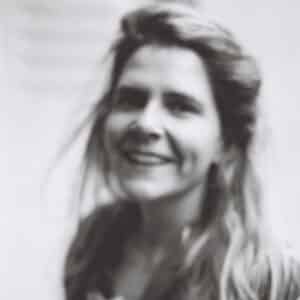Cryobiology is a scientific discipline that studies the behavior of living organisms, as well as metals when they are exposed to very low temperatures. It has many applications in the fields of physics, medicine, and in the food sector. In 1962, a br...



